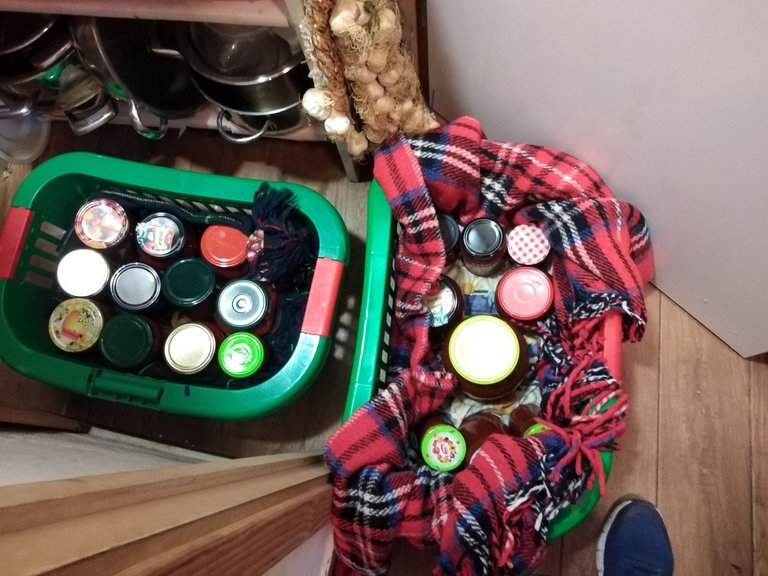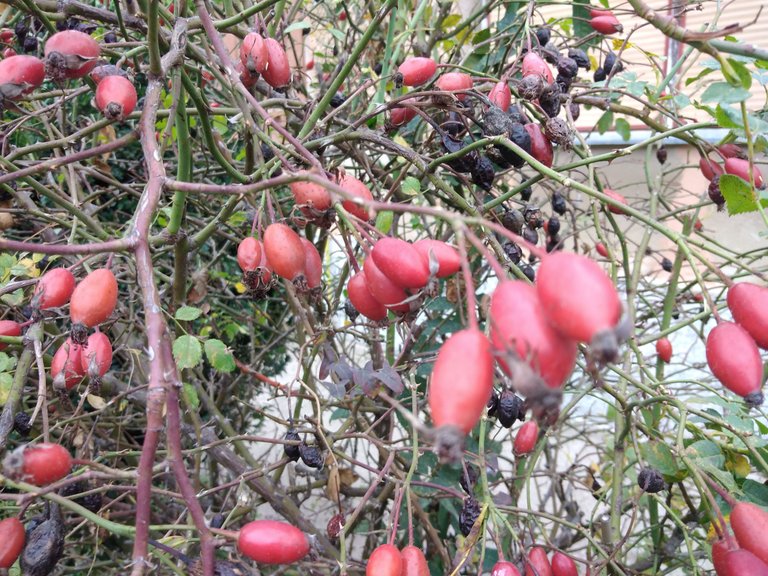
Polako završavam pripremu zimnice. Posle pekmeza od šljiva, smokve, kompota od višnje na red je stigao Šipak. Prošle nedelje sam sa drugarom Zoranom stavio da se kiseli kupus, a pre toga smo stavili kisele krastavce, paprike i pripremili ajvar. Ostalo je da krajem novembra u salamuru stavimo salninu i šunka, napravim malo domaće kobasice koje će se potom nadimiti u pušnici. Zima zna da bude duga i hladna, zato je čekamo sa punim špajzom.
I am slowly finishing the preparation of the winter house. After plum jam, fig jam, cherry compote, it was Šipak's turn. Last week, I pickled cabbage with my friend Zoran, and before that we put pickles, peppers and prepared ajvar. All that's left is to put salt and ham in the brine at the end of November, make some homemade sausage, which will then be smoked in the smokehouse. Winter can be long and cold, so we are waiting for it with a full pantry.
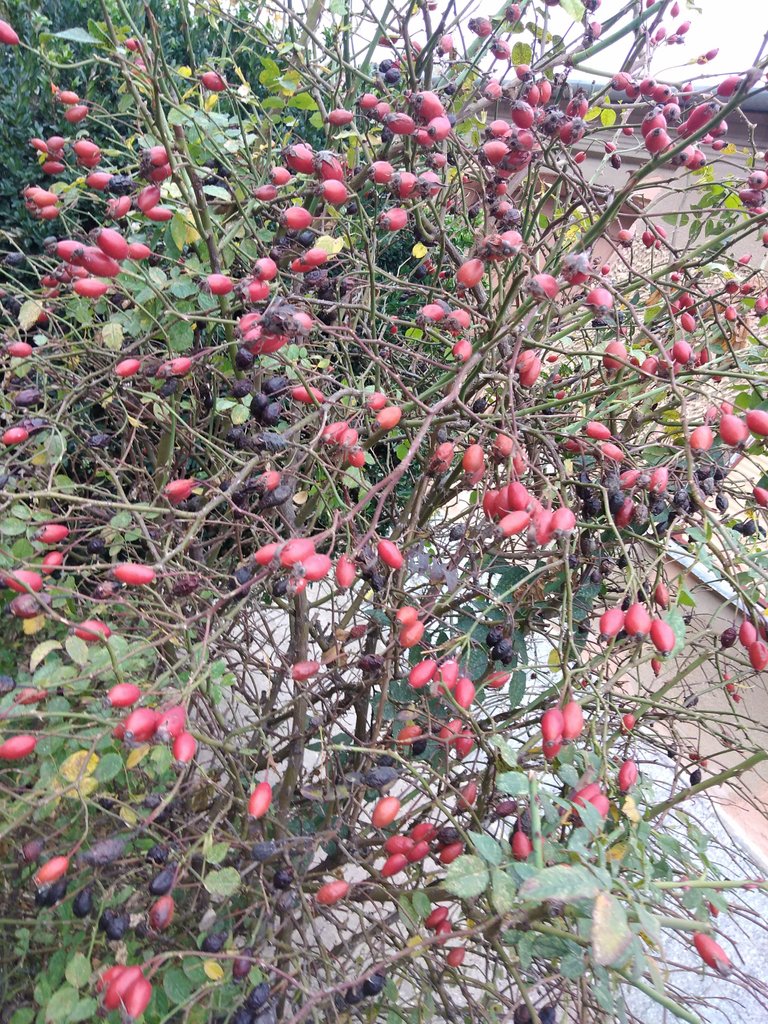
Šipak je biljka koja pripada rodu Ruža - porodici Rosaceae. Spada u jednu od najstarijih biljaka koja je korištena u ishrani i lečenju ljudi. Za vreme Rimskog carstva verovali su da je plodotvorna čak i u lečenju besnila. Otuda i potiče njegovo ime - pasja ruža.
Rosehip is a plant that belongs to the genus Rose - family Rosaceae. It belongs to one of the oldest plants used in human nutrition and treatment. During the Roman Empire, they believed that it was fruitful even in the treatment of rabies. Hence its name - dog rose.
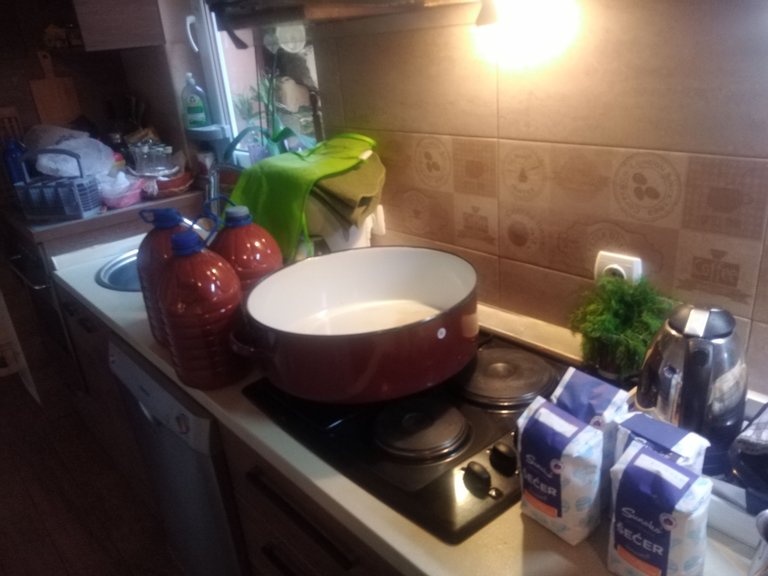
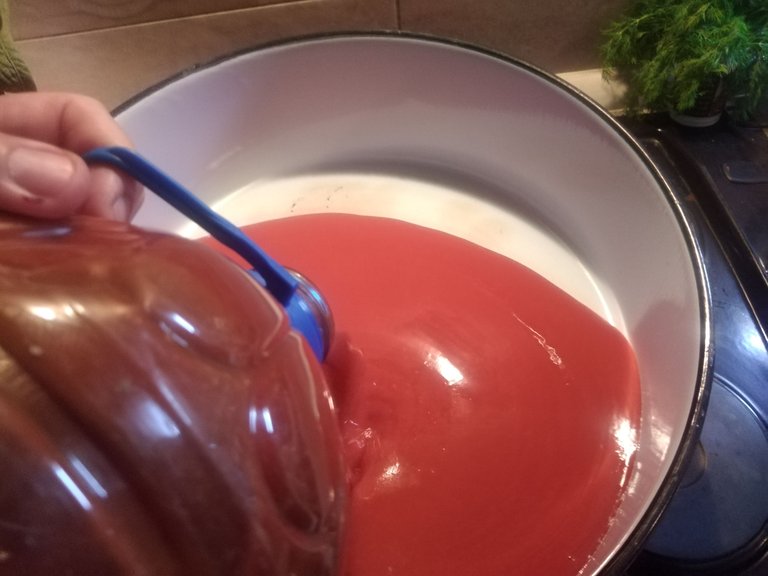
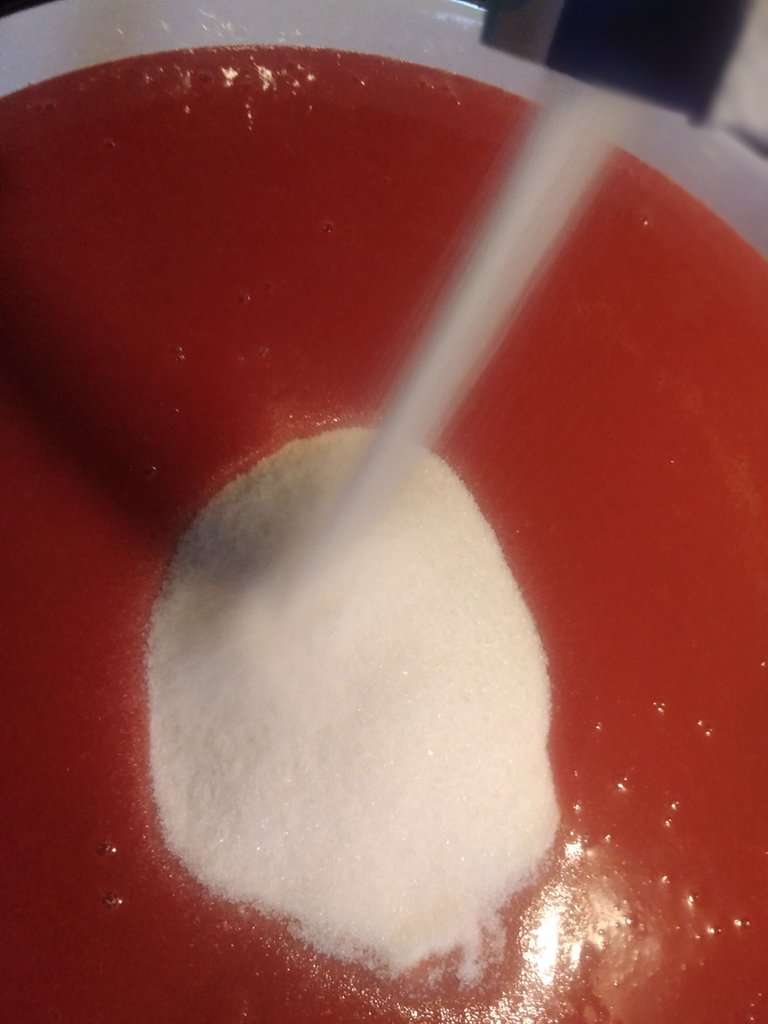
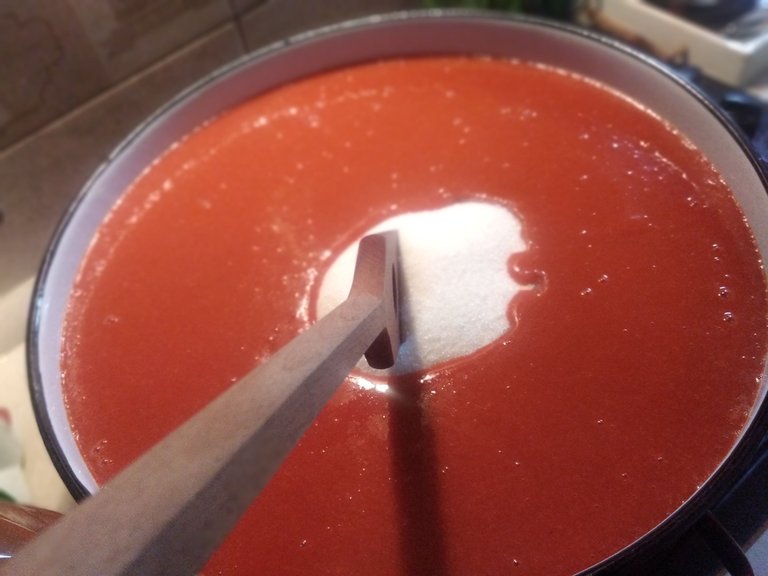
U dobra stara vremena naše bake su pripremale razne i ukusne proizvode od šipka. Marmalade, džemove, likere, vino od šipka, čajeve i sirupe... Tako i ja spremam pekmez po receptu moje bake Grozde i majke Nade.
Osim što je služio za lečenje, ovi proizvodi i njihova priprema bili su deo narodne tradicije koja danas, nažalost izumire.
In the good old days, our grandmothers prepared various and delicious products from rosehips. Marmalades, jams, liqueurs, rosehip wine, teas and syrups... That's how I prepare jam according to the recipe of my grandmother Grozda and mother Nada.
In addition to being used for treatment, these products and their preparation were part of a folk tradition that is unfortunately dying out today.

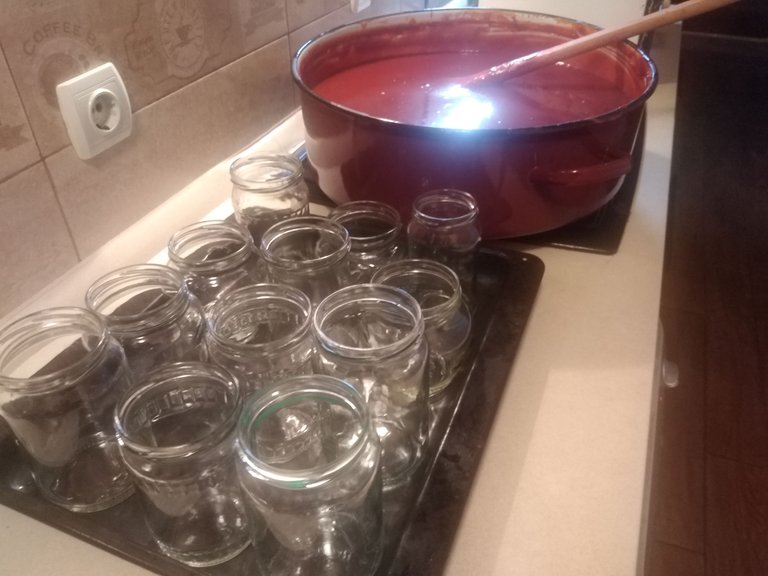
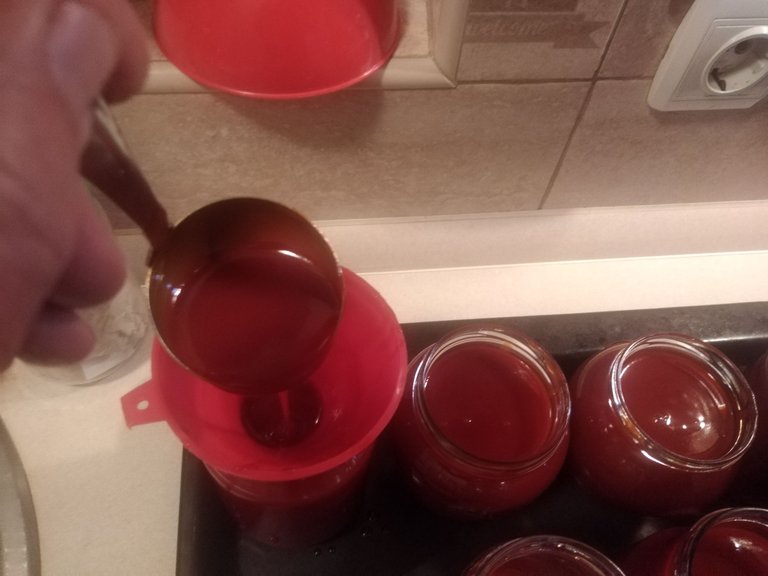
Plod divlje ruže bogat je zavidnim količinama hranljivih materija. Obiluje vitaminima: D,P,K,B1,B2,B3 i provitaminom A. Ono po čemu se izdvaja i što ga čini jednim od najzdravijih plodova je visoka koncentracija vitamina C. Kuvanjem plodova šipka sadržaj vitamina C u njima se ne smanjuje.
The fruit of the wild rose is rich in enviable amounts of nutrients. It is rich in vitamins: D, P, K, B1, B2, B3 and provitamin A. What sets it apart and makes it one of the healthiest fruits is the high concentration of vitamin C. Cooking rosehips does not reduce their vitamin C content.
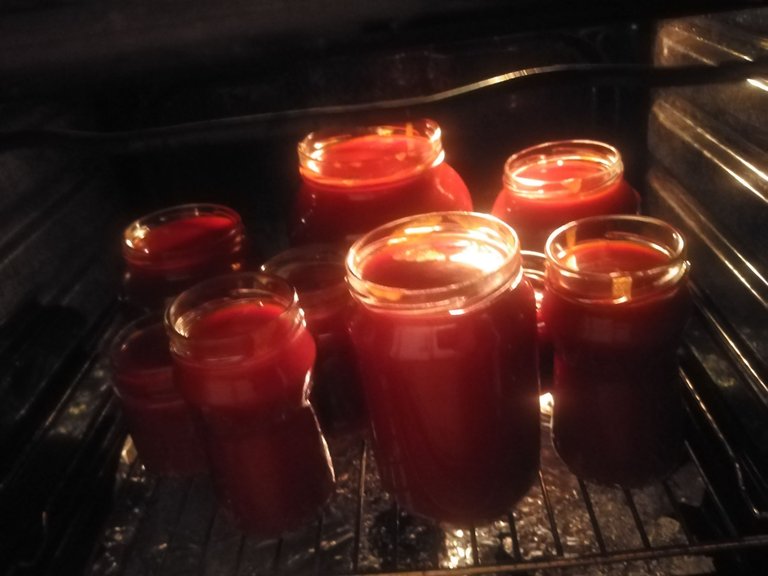
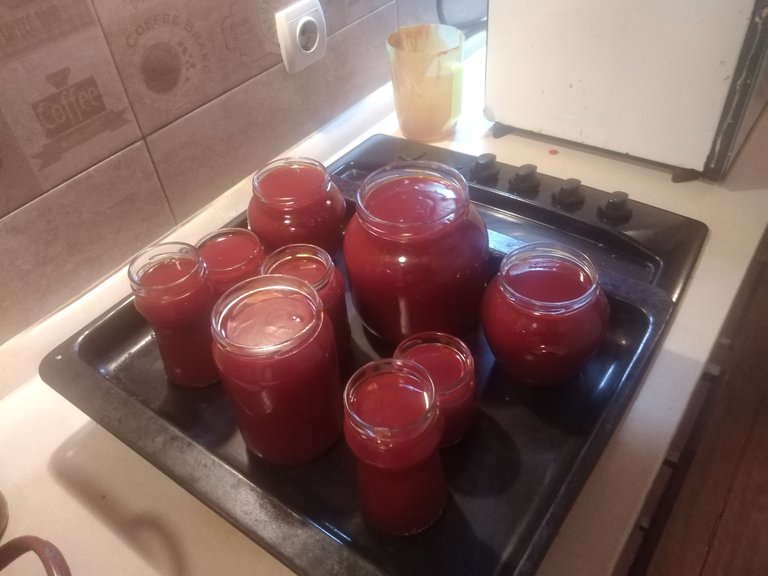
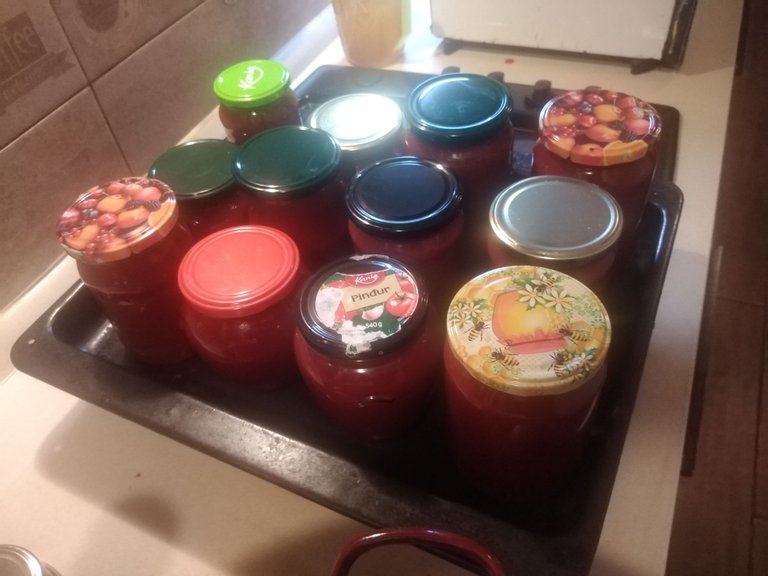
Šipak je bogat voćnim kiselinama koje imaju značajnu ulogu u lečenju mnogih bolesti. Blagotvoran je za bešiku i bubrege. Od velike je važnosti u prevenciji bubrežnog i mokaćnih kamenaca. Reguliše probavu, pomaže kod svih želudačnih tegoba. Prirodni je diuretik. Štiti od bakterija i virusa. Pomaže kod bolnih zglobova i mišića. Štiti od stresa, dobar je za negu kože, otklanja umor i malaksalost, leči glavobolju, poboljšava cirkulaciju, sprečava anemiju, leči alergije...
Rosehips are rich in fruit acids that play a significant role in the treatment of many diseases. It is beneficial for the bladder and kidneys. It is of great importance in the prevention of kidney and gallstones. Regulates digestion, helps with all stomach ailments. It is a natural diuretic. Protects against bacteria and viruses. It helps with painful joints and muscles. Protects from stress, is good for skin care, removes fatigue and weakness, cures headache, improves circulation, prevents anemia, treats allergies.
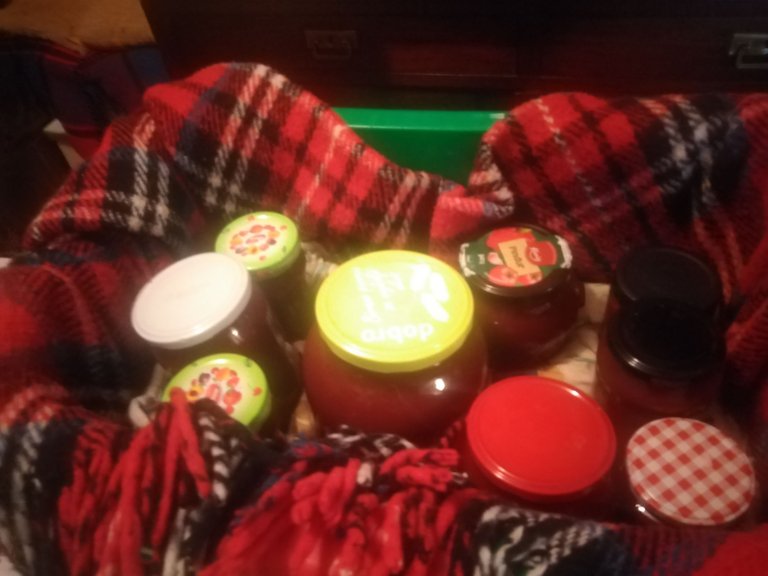
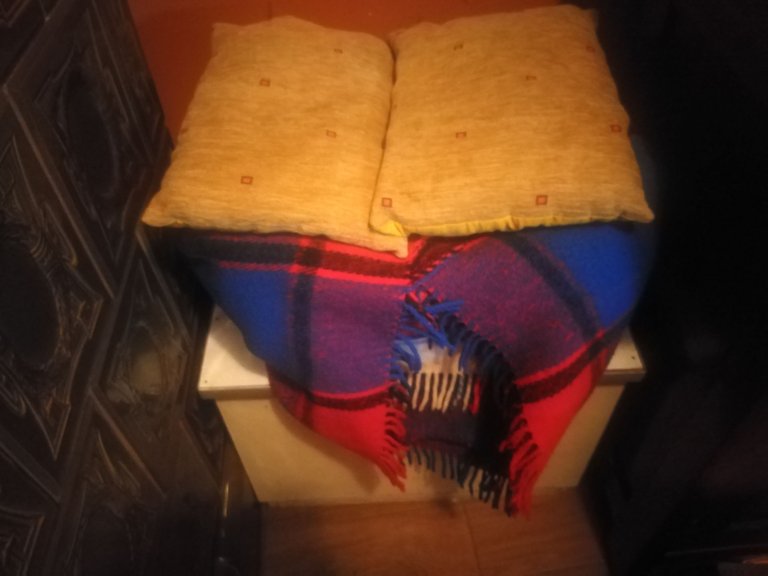
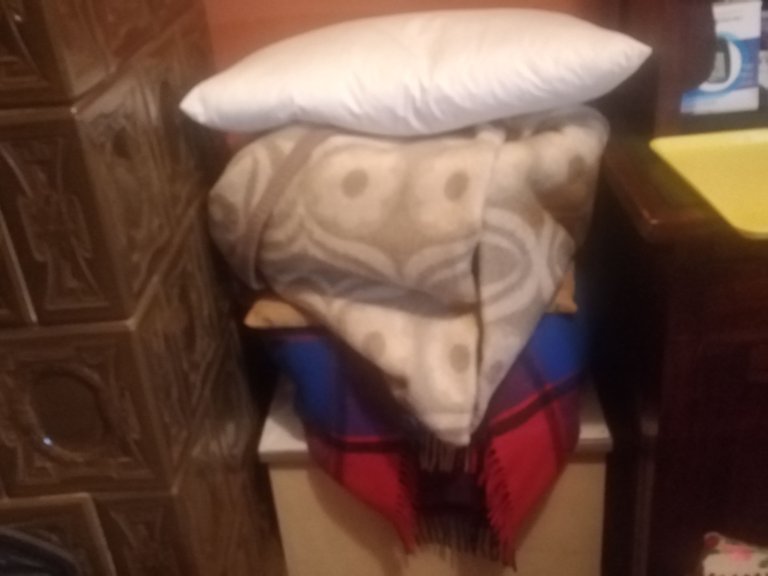
Priprema pekmeza, marmalade ili džema iziskuje vreme. Prvo treba pripremiti čorbu. Plod šipka se cedi i posebnom metodom se odstranjuj oštre niti iz ploda. Tako dobijenu čorbu možemo da je termički obrađujemo. Na litru čorbe dolaz 250-300 grama šećera. Proces kuvanja traje od četiri do sedam sati, u zavisnosti od količine. Ja sam u velikoj šerpi kuvao petnaest litara čorbe od šipka. Trebalo je nekih sedam sati. Potom sam u rerni izvršio pasterizaciju, zatvorio tegle i stavio u dunst da ostoje 12 sati. Taj proces do odlaganja pekmeza u ostavu traje. Na kraju dvadesetak tegli je našlo svoje mesto u špajzu. Ovako pripremljen pekmez u sebi ne sadrži konzervanse. Sve u službi zdravlja.
Preparation of jam, marmalade or jam requires time. First you need to prepare the broth. The fruit of the rosehip is pressed and the sharp threads are removed from the fruit using a special method. We can thermally process the broth obtained in this way. 250-300 grams of sugar per liter of broth. The cooking process lasts from four to seven hours, depending on the quantity. I cooked fifteen liters of rose hip broth in a large pot. It took about seven hours. Then I pasteurized it in the oven, closed the jars and put them in the oven for 12 hours. This process continues until the jam is stored in the pantry. In the end, about twenty jars found their place in the pantry. Jam prepared in this way does not contain preservatives. All in the service of health.
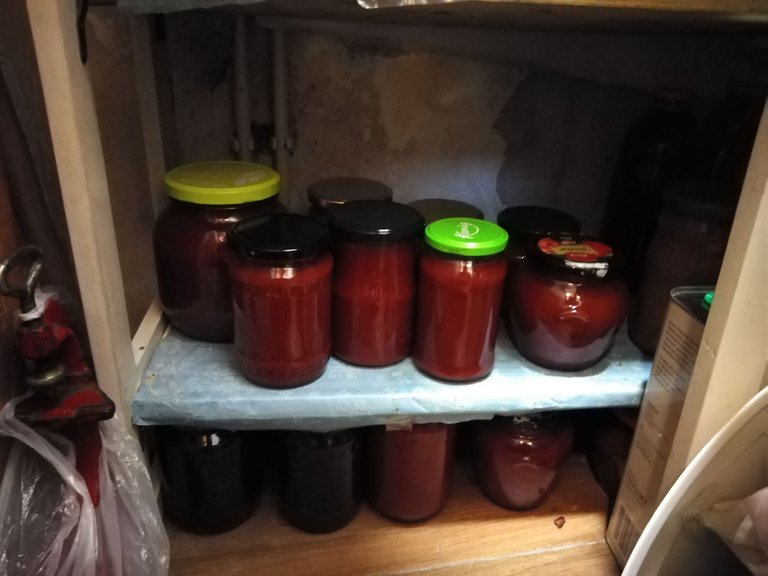
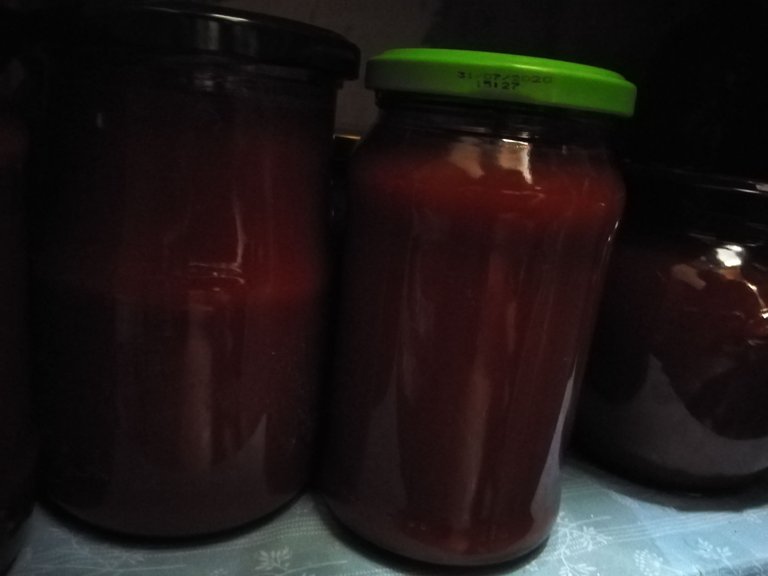
Život ne može da stane!
Life cannot stop!
